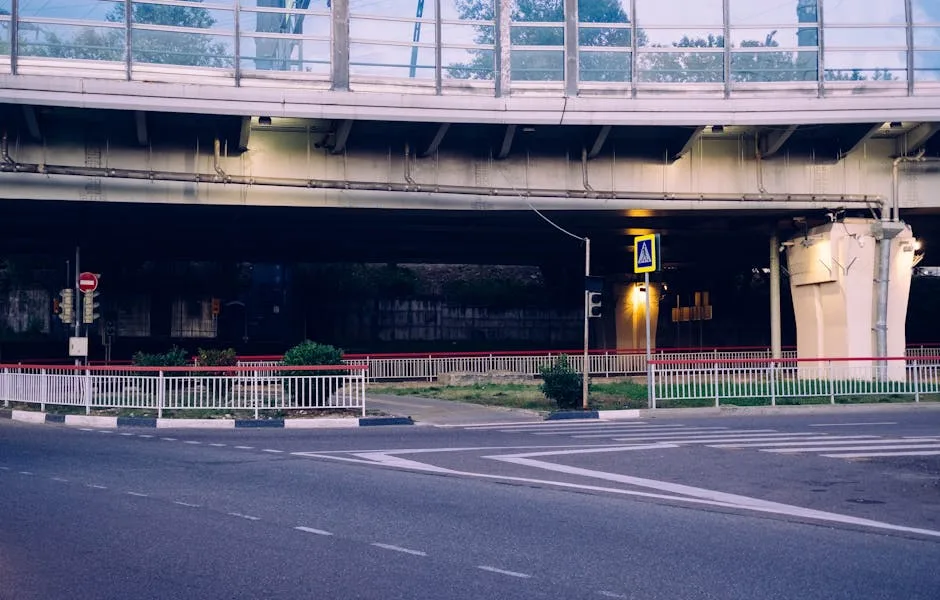
Recent intelligence reports indicate that Russia, China, and North Korea are actively probing the UK’s digital infrastructure for vulnerabilities, with the potential to disrupt financial systems, supply chains, and critical services1. The UK’s growing reliance on digital transactions has heightened its exposure to such threats, raising concerns about cascading failures in essential sectors2.
State-Sponsored Cyber Threats to UK Infrastructure
The Office of the Director of National Intelligence (ODNI) 2025 Threat Assessment identifies China as the leading cyber threat to Western nations, with campaigns like Volt Typhoon and Salt Typhoon targeting critical infrastructure3. Russian groups have refined their techniques through operations in Ukraine, deploying disruptive malware such as WhisperGate against government systems. North Korea continues to fund its weapons programs through cryptocurrency theft, averaging over $100 million annually3.
These actors are employing advanced tactics including:
- Prepositioning malware in energy and telecom networks for future activation
- Using “living-off-the-land” techniques to evade detection
- Targeting third-party service providers to gain access to multiple organizations
Geopolitical Context and Alliance Dynamics
The June 2024 Russia-North Korea mutual defense treaty has facilitated arms transfers and joint infrastructure projects, including a £77 million bridge construction4. China’s ambiguous position—providing indirect support while avoiding direct confrontation—has complicated security responses in the Indo-Pacific region5.
Recent cyber incidents demonstrate the potential impact of these alliances:
| Sector | Attack Type | Attribution |
|---|---|---|
| Healthcare | Ransomware disrupting payment processors | Russian-aligned groups |
| Water Utilities | SCADA system compromise | Iranian hacktivists |
| Telecommunications | LotL techniques for persistent access | Chinese APTs |
Mitigation Strategies for Critical Systems
Organizations should prioritize network segmentation for OT systems and implement strict access controls for financial transaction platforms. The following measures have proven effective against similar campaigns:
“Critical infrastructure operators must assume breach and focus on rapid detection capabilities. The 2023 attacks on U.S. water systems demonstrated how even basic security gaps can be exploited by state-sponsored actors.” – ODNI 2025 Threat Assessment3
Network defenders should monitor for:
- Unusual outbound traffic from industrial control systems
- Credential stuffing attempts against financial portals
- Anomalous API calls in payment processing systems
Conclusion
The convergence of geopolitical tensions and advancing cyber capabilities presents a clear risk to UK economic stability. While no single solution can eliminate the threat, a combination of technical controls, intelligence sharing, and workforce training can significantly reduce vulnerability to these coordinated attacks.
References
- “Russia, China, and North Korea plotting to hack UK economy and ‘grind country to a halt'”. Express.
- “Russia, China, and North Korea plotting to hack UK economy and ‘grind country to a halt'”. ScoonTV.
- “ODNI 2025 Threat Assessment notes threats from Russia, China, Iran, North Korea targeting critical infrastructure, telecom”. Industrial Cyber.
- “Russia and North Korea building huge £77m bridge amid growing military ties”. Express.
- “China’s balancing act with North Korea and Russia raises Indo-Pacific security concerns”. The Guardian.






